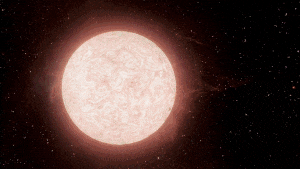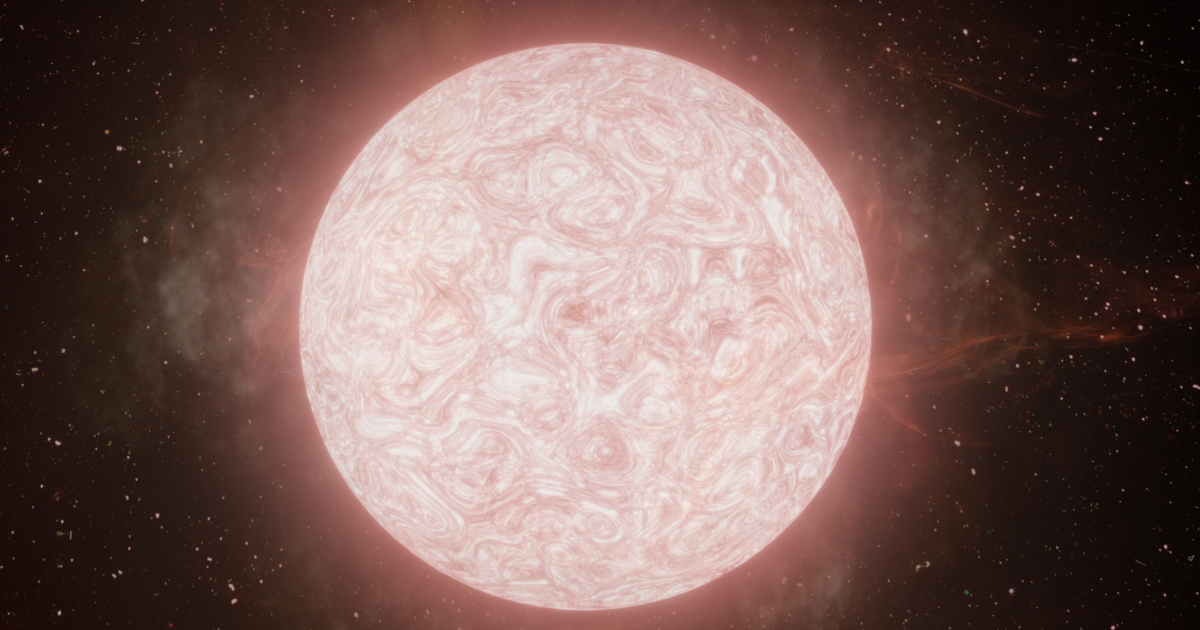A group of scientists announced Thursday that they captured the explosive end to a red supergiant star’s life for the first time, documenting its death throes as it collapsed into a type II supernova. Scientists from Northwestern University and the University of California, Berkeley, who released a study on the star’s death, called the findings a “breakthrough” in their understanding of how the massive stars die.
The observed red supergiant, SN 2020tlf, was first detected by the University of Hawaiʻi Institute for AstronomyPan-STARRS on Maui in the summer of 2020 due to the amount of light radiating from the red supergiant, according to a press release summarizing the study’s findings. The team studied SN 2020tlf during the last 130 days of its life.
Previously, scientists believed red supergiants died quietly, fading for some time before they became supernovas — but the team said it found bright radiation from the observed red supergiant in the year before its death. That radiation suggests that there were significant changes in its internal structure that caused a violent ejection of gas just before its collapse, the release said.
“This is a breakthrough in our understanding of what massive stars do moments before they die,” Wynn Jacobson-Galán, the study’s lead author, said in the release.

Northwestern University
“It’s like watching a ticking time bomb,” said Raffaella Margutti, an adjunct associate professor at CIERA and the paper’s senior author, said in the release. “We’ve never confirmed such violent activity in a dying red supergiant star where we see it produce such a luminous emission, then collapse and combust, until now.”
The star — now supernova — is located in the NGC 5731 galaxy about 120 million light-years away from Earth, and was 10 times more massive than the sun, the release said.
“I am most excited by all of the new ‘unknowns’ that have been unlocked by this discovery,” Jacobson-Galán said.
“Detecting more events like SN 2020tlf will dramatically impact how we define the final months of stellar evolution,” he added, noting that it would let scientists continue “in the quest to solve the mystery on how massive stars spend the final moments of their lives.”
Download our Free App
For Breaking News & Analysis Download the Free CBS News app





